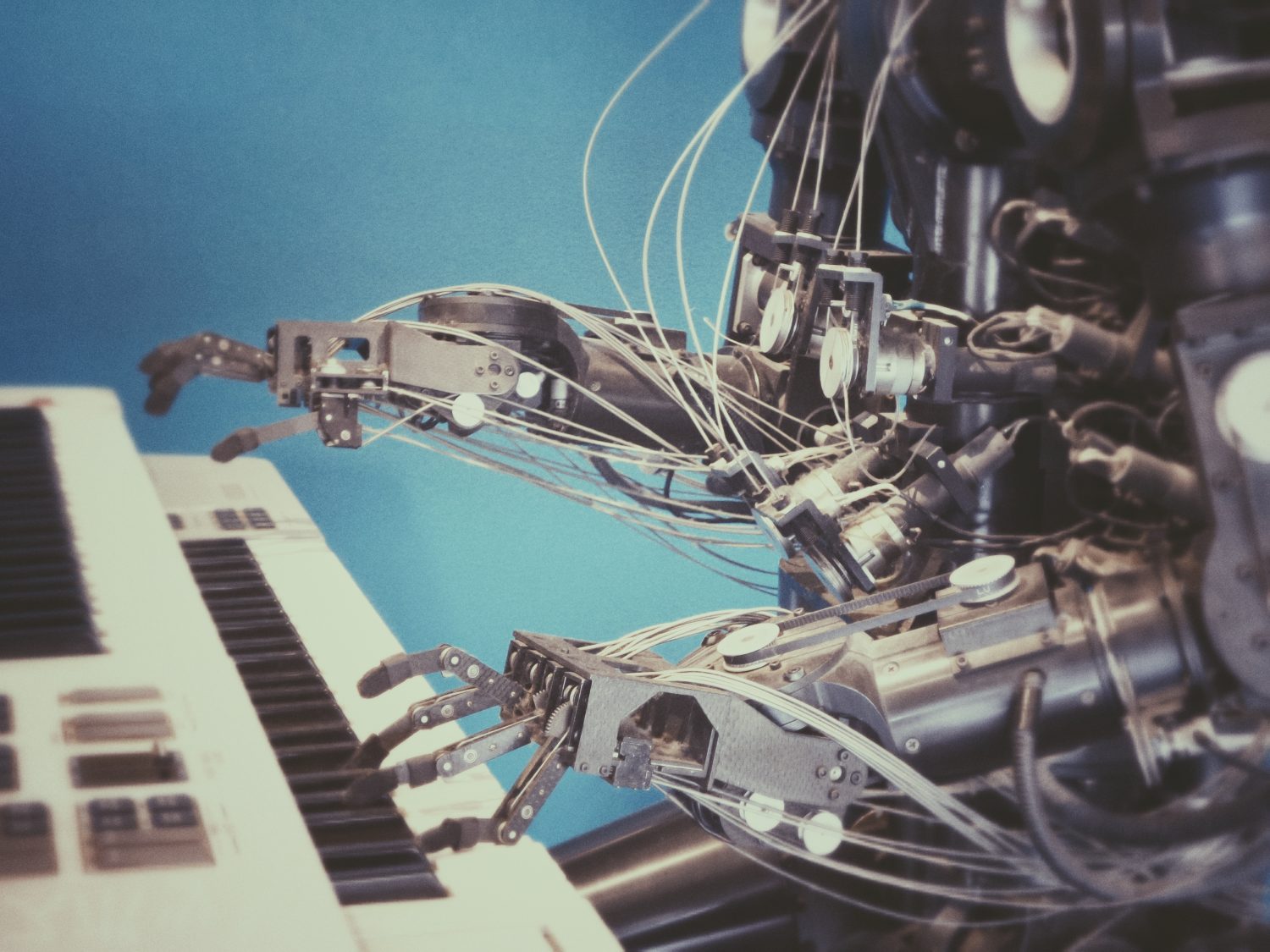Western Beijing is mostly known for its rural charm, mountainous scenery, and for its draw for red tourism. Visitors can take a day trip to this area steeped in history – relating to the adventures of the communist party – while sampling fine local foods. Wild mushrooms aside, Mentougou district is now earmarked to host a hefty 55-hectare artificial intelligence park costing the government over 13 billion yuan (USD $2 billion). And conveniently located just a stone’s throw away from Tsinghua, China’s top University.
China’s investment – the first of its kind for AI – is hoped to spearhead development in the field and attract STEM researchers to the area. According to a published strategy from the Chinese government, the park is part of a plan to make it a world leader by 2030 – with the aim to develop major breakthroughs in the industry.
The paper outlines Beijing’s ambition to join other major players like America, Russia, South Africa, to develop key infrastructure and products for; healthcare, smart cities, agriculture, and national defense. It later states its secondary benefit is to flesh out the “intellectual property industry” in the country while also “create a new growth cycle for China’s economic prosperity in the next decade or even decades”.
GDP growth is now linked to AI
According to Nikkei, China’s patents for AI-related product ballooned 190% to 8,410 in the five-year period from 2010 as compared with the figure for the previous five years. This has put it well into the top three world spenders and has it easily matching South Korea in investment and presence. Accenture’s research concludes that it may also add 1.6% to the economy’s growth rate by 2035, and potentially more, as innovation arises from AI diffuses throughout other sectors.
At a glance – at least – it appears as though China is outspending the US. In an Obama era White Paper, the administration earmarked around $4 billion for autonomous car development. It also outlines how department R&D budgets need to be financially homogenised. Now that we are under the era of Trumpian politics, how long would these promised investments last until fiscal year 2018/2019. Trump has made it clear to dial back federal government spending on Science and what it deems to be of a lesser priority.
If Trump wants to make good on his mantra of rejuvenating the American worker and the home economy, the smart move would be to lead the nation into newer technologies. Reviving old coal mines – and his latest protectionist policy to limit steel imports from Canada – will limit future innovation and industries.

Leave a Reply